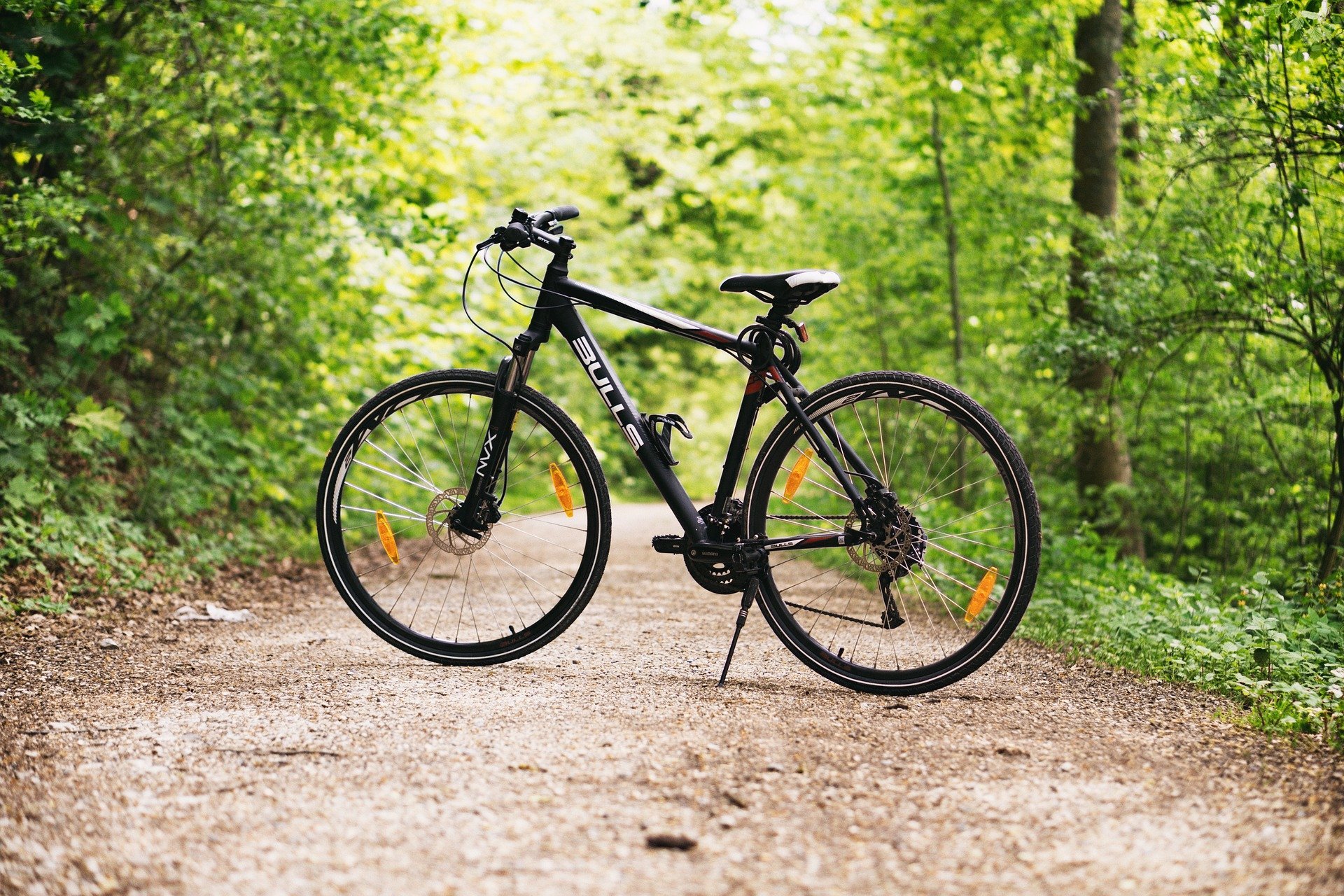
The pro cycling world is abuzz with a series of recent accidents, which have caused severe injuries to the best riders in the peloton. So it doesn’t come as a big surprise that ingenious minds step into the arena to present their tech solutions. The most prominent among them is airbag technology. Several initiatives have popped up in recent years, but none of them has been able to conquer the pro cycling pack.
Why you should read this
A day before the Paris – Roubaix classical cycling race, the debate around riders’ safety is growing to new heights. Technology can come to the rescue.
“Every major crash prompts questions about why certain safety measures aren’t in place, why governing bodies like the UCI aren’t taking action, and why riders and teams aren’t utilizing available technology”, says Sam Ratajczak, a Belgian industrial designer focusing on sports innovation. In a recent LinkedIn post, he explained the airbag project he was working on in 2021. Despite initial reluctance, he still hopes the project can gain traction due to technological advances and detailed accident analysis.

The pursuit of enhanced safety
Ratajczak: “In 2020-2021, as then Chief R&D Bioracer, along with industrial design intern Stijn Vanvolsem, we delved into the concept of incorporating an airbag into the professional cycling peloton. The project was initiated by Bert Celis.” Professional cycling, a sport synonymous with the beauty of human endurance and the risk of injury, is on the cusp of a paradigm shift in safety standards. As the cycling community champions innovation, integrating airbag technology into the sport’s very fabric is no longer a distant dream but an impending reality.
The words of Johan Museeuw, “Crashing is a part of cycling as crying is part of love,” resonate deeply within the cycling community, where the acceptance of risk has often been seen as a necessary evil of the sport. However, this stoicism is challenged by a growing consensus that safety should be paramount. “Ultimately, the introduction of an airbag system in professional cycling could represent a significant leap forward in rider safety, potentially mitigating the severity of injuries in crashes”, Ratajczak writes. “As the cycling community continues to prioritize safety and innovation, the prospect of integrating airbag technology into the peloton remains an exciting possibility for the future.”

Setting new safety benchmarks
There are more initiatives like the one Ratajczak is referring to. One of them is the Hövding airbag, a device that offers a high level of protection. Tested by Certimoov at the University of Strasbourg, the airbag has proven superior to traditional helmets, earning a near-perfect score for impact absorption and protection against rotational forces. The Hövding airbag’s standout feature is its rapid deployment; advanced sensors and a unique algorithm enable the airbag to inflate in a mere 0.1 seconds, providing crucial protection in the event of a crash.
Moreover, the testing protocols employed by Certimoov reflect real-world conditions, utilizing a brain model to gauge the potential effects of a collision. The results are clear: the Hövding airbag outperforms other helmets on the market, with a 4.5-star safety rating compared to the 4-star and below ratings of its competitors.
Comfort meets safety
The project’s success is also attributed to its focus on user comfort and aesthetics. The airbag helmet, developed under the EU-funded initiative The Invisible Helmet, is designed to be both visually appealing and comfortable. By transforming the bulky and often stigmatized traditional helmet into a discreet, neck-worn airbag, the project has made significant strides in encouraging more cyclists to wear head protection. Fredrik Carling, CEO of Hövding, notes the importance of the airbag’s discreet form factor in winning over cyclists who previously eschewed helmets.
With Bluetooth connectivity and an accompanying mobile app, Hövding users can update firmware and track their cycling statistics, enhancing the user experience. The company is exploring interactive features that could connect the helmet to the surrounding world, potentially easing traffic flow and preventing dangerous situations.

Another solution is offered by B’Safe, an airbag for cycling safety from Helite, a company that makes airbag vests for a range of sports, from equestrian to motorcycle. B’Safe incorporates onboard sensors that track a cyclist’s movements, responding to real-time data over a hundred times per second. When these sensors detect an impending fall, they trigger the airbag to inflate in 80 milliseconds, aiming to shield the rider from harm.






